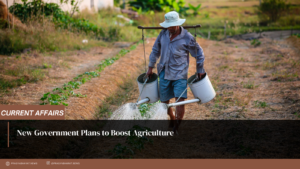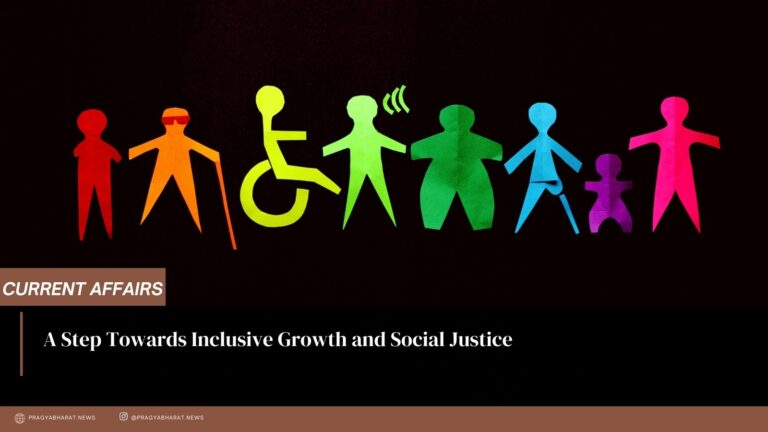By Aarcha Binu
While Wayanad and Idukki frequently make headlines for their elephant-human conflict, Kerala’s diverse landscapes are witnessing a silent struggle against various wildlife species. From the Western Ghats to the coastal plains, communities across the state are grappling with wild boars, leopards, monkeys, and other animals encroaching on human settlements, resulting in crop losses, property damage, and even threats to life.
According to government data, Kerala experienced a significant surge in human-wildlife conflict, with a staggering 8,873 wild animal attacks reported during the 2022-23 period. Elephants emerged as the primary aggressors, accounting for over 4,000 incidents and tragically causing 27 deaths. Wild boars followed closely behind with 1,524 attacks, underscoring the diverse array of threats posed by wildlife.

Apart from Wayanad and Idukki, various regions face their unique challenges. Kasaragod grapples with the monkey menace, where troops of monkeys raid mango orchards, cashew plantations, and homes, causing substantial economic losses. In Palakkad, leopards pose constant threats to livestock and human safety, while saltwater crocodiles menace coastal populations, particularly fishermen. Additionally, wild boar attacks in several districts pose risks to lives and agricultural productivity.
One district often overlooked in discussions of human-wildlife conflict is Pathanamthitta, characterized by nearly 50% forest cover and a significant wildlife population. In recent weeks, wild boar attacks in Pathanamthitta have been on the rise, affecting daily life and agricultural activities.

One district often overlooked in discussions of human-wildlife conflict is Pathanamthitta, characterized by nearly 50% forest cover and a significant wildlife population. In recent weeks, wild boar attacks in Pathanamthitta have been on the rise, affecting daily life and agricultural activities.
Pathanamthitta boasts several forest areas, including Konni, Ranni, Seethathode, and Achankovil, with the Konni division experiencing numerous incidents of human-wildlife conflict. Data from 2016 to 2023 indicates 343 injuries and 18 fatalities resulting from encounters with elephants, snakes, tigers, wild boars, and wildcats. Despite being a small forest division, these issues often go unnoticed or lack the attention they deserve, reflecting broader challenges faced across Kerala.
While compensation schemes offer some relief, experts stress the importance of implementing long-term solutions, such as habitat corridors, community-led conservation efforts, sustainable farming practices, and enhanced government research and monitoring. Addressing human-wildlife conflict in Kerala requires a comprehensive, multi-pronged approach that acknowledges the distinct challenges faced by each region and its wildlife. Only through collaborative efforts and a commitment to coexistence can Kerala pave the way for a future where humans and animals thrive together in harmony.





















+ There are no comments
Add yours